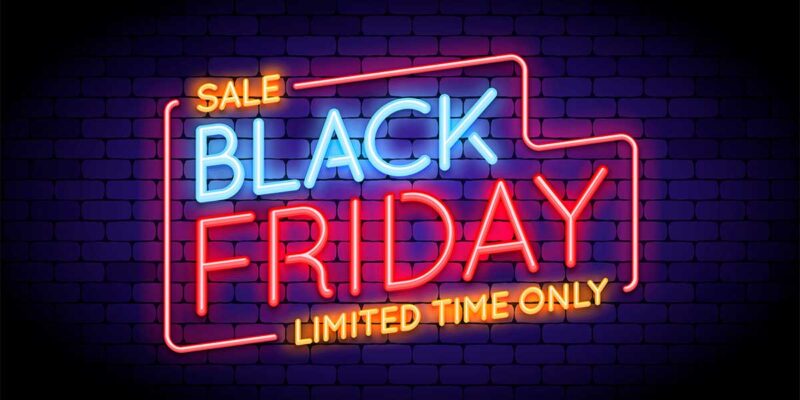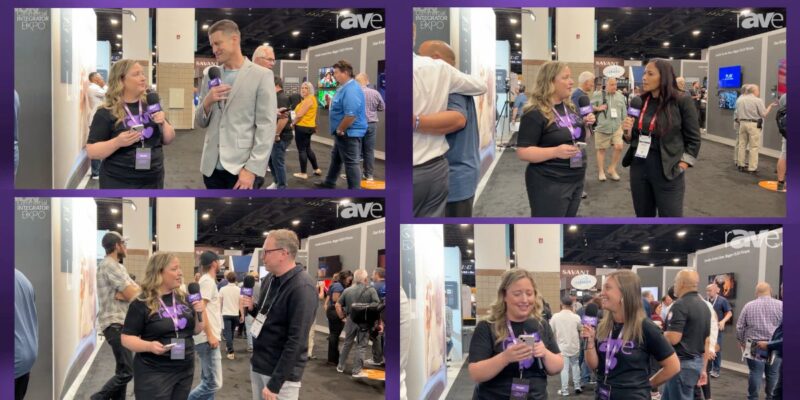Toys R’ Us and Missed Opportunity
Just in case you were hiding under a rock this month, the big news in the business world was that Toys “R” Us will close or sell all of its 735 stores in the U.S., ending a 70 year legacy for the retailer and also putting 31,000 workers back in the market for a job. Of course, analysts are all pointing toward Amazon as the main reason for the collapse, and rightly so.
However, eCommerce in itself is not the main reason that Amazon is starting to wreak more havoc in the retail world. Amazon launched in 1995 and it took 8 years for them to turn a profit. As it expanded through acquisitions like that of Zappos in 2009, they widened their net and began to gain steam. However, despite an ever-growing mix of products and great customer service, retailers still maintained an advantage:
Instant Gratification
Consumers can be impatient and many were willing to pay more to get things right away. Retailers enjoyed a stay of execution, as brick and mortar was still the fastest way to acquire what their hearts desired. Amazon knew this was inhibiting their growth and so Bezos did something that no one else in eCommerce had ever done. He turned the corner on logistics and same-day shipping and did so in a way that leveraged reasonable subscription services to eliminate large additional shipping costs on each individual purchase. Now the curve has again accelerated and retailers have been on the run. Amazon shoppers can get the best price and get items right away, it’s a deadly combination.
In fact, many think that brick and mortar may continue to crumble under the weight of the web until it is almost non-existent, but I believe that retailers have one last stand to make if they want to survive.

I’m 6’5 and about 220 pounds, which in itself, makes it hard enough to buy clothes. However, I have an even larger challenge as well. I don’t have overly long legs, but I have a really long torso. This means I’m not wide enough for extra large shirts, but I’m too tall for large ones. If I’m going to buy a shirt of any kind, I 99 percent of the time have to try it on and I can’t do that if I’m shopping online.
At one time I also belonged to a co-op for produce. It was an amazing deal. I would get 20 pounds of local fruits and vegetables for about $15. However, I like my apples extremely crisp and my bananas slightly on the green side. I like avocados when they’re firm. I quickly found that although the co-op was extremely convenient and priced well below supermarket prices, I still liked picking out my own produce.
I have two Nespresso machines at home. One is especially for espresso and has a milk frother. The other is more focused on coffee. I’m in a coffee club that delivers the highest quality coffee and I get to pick the ones that have the flavor profile and intensity that I personally like the best. I could easily have a cup of coffee at home on my days off and sit in the comfort of my own home enjoying a leisurely morning. Yet on Sundays, I find myself getting up and driving to Bear Coast Coffee in San Clemente or at my favorite Peet’s, paying five times what it cost me to have coffee at home.
What do all my anecdotes above have in common? One thing.
Experience
Each of the scenarios above provides an experience that goes above and beyond price savings and convenience. In fact, you could say that each of them takes MORE effort on my part and costs me MORE to get what I want. However, the experience, either with the product or with the environment surrounding the product, is what makes the difference.
If you’re out there rolling your eyes, underestimating the power of experience, you’d be wrong. What is the best evidence that experience actually matters in a post-Amazon world and that brick and mortar still have value? The fact that Amazon itself is building physical stores. The strategy behind this move and its potential advantages were laid out by Fortune magazine just last year. The strategy boiled down to one thing:
Experience
Coming full circle, when Toys “R” Us found itself on the ropes with its behemoth warehouse-style stores getting beaten handily by the Amazon in the war of price, it should have leveraged experience instead. In the face of Amazon’s new logistics capabilities rendering the “I want it now” argument moot, experience was the unseen solution.
Toys “R” Us should have leveraged its footprint to host LEGOS Brick Masters clinics, STEM learning labs utilizing the newest coding kits and circuit building toys, or even eSports tournaments, just like movie theaters are doing as they see a continued shift toward home-based entertainment.
If Toys “R” Us had created a place to not only buy products, but also to create a community, to engage creativity, and to help kids develop skills around their passions through interactive play, they would have been providing something Amazon could never dream of providing online with a Prime membership.
People visit public spaces like retail outlets and malls for a variety of reasons, only one of which is to complete a task like making a purchase. There are several human motivations for visiting these types of spaces (I’ll be blogging about these reasons soon). Retailers with brick and mortar should be looking at how they address those other motivations to create a physical destination people are drawn to, to create something impossible to replicate on the Internet because it’s not a task-driven exercise. It’s an experience.
Perhaps, just like in the modern day stories of Blockbuster and Netflix, there are some lessons for our industry in the fall of Toys “R” Us. We also face an invasion of commoditized hardware through online vendors and through non-traditional AV channels that have been eroding our margins. The solution may be to move from our traditional role as hardware integrators to a new one dealing with overall experience.
Sure, as integrators and manufacturers, we have always delivered an experience with our product or service. However, the experience with our hardware and services has always been a by-product of the hardware plan we developed and services we sold. The experience was therefore arrived at by accident. Maybe it turned out well, and maybe it didn’t.
The model needs to be flipped on its head, with experience being the end-goal and not an accidental by-product.
Experience needs to be discussed and agreed upon with the end user, and then the hardware, systems, services, etc. provided need to be tailored in a way that they meet the end goal. There must be some flexibility and headroom built in to accommodate the customer in the case that he or she decides they subjectively don’t like the current performance. After all, if the customer says the system is a failure and not what they expected, then they’re right and we failed. If we fail consistently over time, our market loses confidence in us in more ways than one.
For those who keep arguing that experience is not a relevant part of their AV business because they don’t build theme parks or museums, think again. Experiences are not limited to large AV jobs with a “wow” factor. Experiences are also about consistency, ease of use, relevance, social connection, etc.
Experience is not a fad. It is a new reality.
Creating experiences not only sets you apart from the turn-and-burn box movers, it may just save your business in the long run as well.
Toys “R” Us had the opportunity to embrace experiences and potentially change their destiny. They missed it. What will we do?





